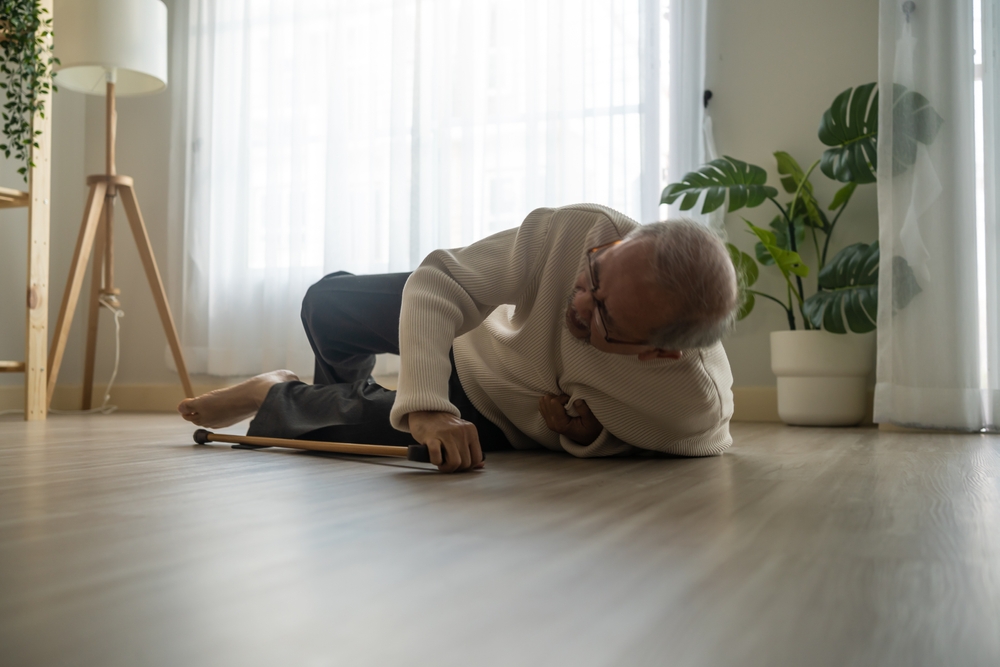In today’s fast-paced world, ensuring the safety and well-being of our loved ones, especially seniors, is of utmost importance. Advances in technology have paved the way for innovative solutions like fall detection systems, which play a crucial role in enhancing stroke recovery processes. Understanding these systems can significantly impact the quality of life for seniors, making it essential to delve into their workings, benefits, and implications.

Understanding Fall Detection Systems
Fall detection systems are designed to identify when an individual has fallen and to alert caregivers or emergency services. These systems employ various technologies, including accelerometers, gyroscopes, and machine learning algorithms, to accurately detect falls.
Types of Fall Detection Devices
There are several types of fall detection devices available. Wearable devices, such as smartwatches and pendants, are popular for their portability and ease of use. Non-wearable options, like sensor mats and floor sensors, provide an alternative for those who prefer not to wear devices. For a deeper understanding of non-wearable systems, you can explore this [resource](https://productsseniorslike.com/non-wearable-fall-detection-systems/) here.
Benefits of Fall Detection Systems
The primary benefit of fall detection systems is the rapid response they facilitate in the event of a fall. Quick assistance can significantly reduce the physical and psychological impact of falls, aiding in faster stroke recovery.
The Role of Fall Detection in Stroke Recovery
Stroke recovery is a delicate process that requires careful management of various factors, including physical mobility. Falls can be a setback in this journey, making fall detection systems invaluable in preventing further complications.
Enhancing Safety During Recovery
During stroke recovery, individuals may experience weakened motor skills and balance issues. Fall detection devices offer an added layer of safety, ensuring that any incident is promptly addressed, thus preventing further injury.
Boosting Independence and Confidence
One of the significant challenges during stroke recovery is regaining independence. Knowing that help is just a button press away can boost confidence, encouraging individuals to engage in daily activities without fear.
Choosing the Right Fall Detection System
Selecting the appropriate fall detection system involves considering various factors, such as the individual’s lifestyle, health condition, and personal preferences.
Assessing Individual Needs
It’s crucial to evaluate the specific needs of the user. For instance, individuals with active lifestyles may benefit more from wearable devices, while those who prefer minimal intrusion might opt for non-wearable systems.
Cost Considerations
Cost is another vital factor. Some systems require ongoing subscriptions, while others are available as one-time purchases. Understanding these differences can help in making an informed decision. You can learn more about devices without subscriptions [here](https://productsseniorslike.com/best-fall-detection-devices-without-subscription/).
Integrating Fall Detection with Other Technologies
Integrating fall detection with other technologies, such as GPS tracking and home automation, can further enhance safety and convenience. Systems with GPS tracking ensure that the location of a fall is known, which is particularly useful in outdoor settings. More information about GPS tracking can be found [here](https://productsseniorslike.com/fall-detection-with-gps-tracking/).
Smart Home Integration
Smart home devices can work in tandem with fall detection systems to automate emergency responses, such as unlocking doors for emergency personnel or sending alerts to family members.
The Future of Fall Detection and Stroke Recovery
The future of fall detection and stroke recovery is promising, with continuous advancements in technology leading to more accurate and reliable systems. Machine learning and artificial intelligence are expected to play significant roles in enhancing detection accuracy and response times.
Personalized Health Monitoring
Future systems may offer personalized health monitoring, adapting to the specific needs and habits of the user, thereby offering a tailored approach to safety and recovery.
Community and Support Systems
Community support systems, such as neighborhood watch programs and health networks, are likely to integrate with fall detection systems, creating a holistic approach to senior safety and well-being.

Faq Section
What is the primary purpose of fall detection systems?
The primary purpose of fall detection systems is to quickly identify falls and alert caregivers or emergency services, ensuring timely assistance and minimizing the risk of complications.
Can fall detection systems aid in stroke recovery?
Yes, fall detection systems can significantly aid in stroke recovery by providing additional safety and peace of mind, allowing individuals to focus on rehabilitation without the constant fear of falling.
Are there fall detection devices without ongoing fees?
Yes, there are fall detection devices that do not require ongoing fees. These are often available as one-time purchases and are suitable for individuals seeking cost-effective solutions. Learn more [here](https://productsseniorslike.com/best-fall-detection-devices-without-subscription/).
For more detailed information on fall prevention strategies, you may refer to this [external resource](https://www.racgp.org.au/afp/2012/december/falls-prevention) here.
This article contains affiliate links. We may earn a commission at no extra cost to you.

